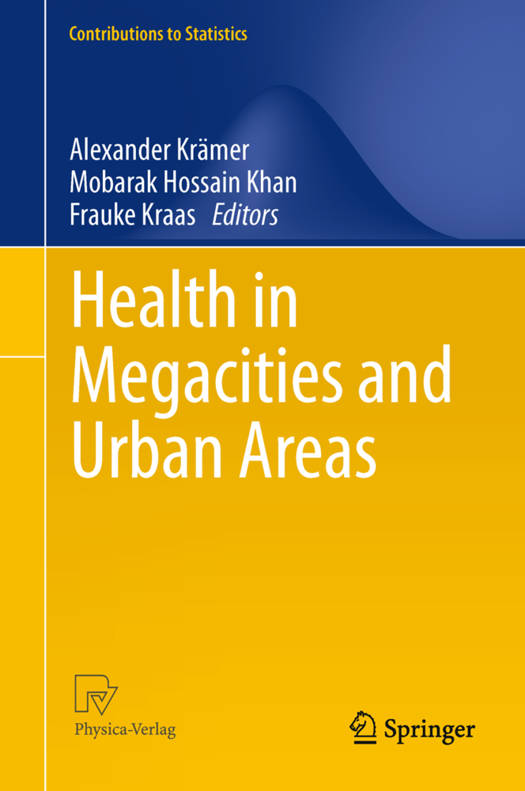
- Afhalen na 1 uur in een winkel met voorraad
- Gratis thuislevering in België vanaf € 30
- Ruim aanbod met 7 miljoen producten
- Afhalen na 1 uur in een winkel met voorraad
- Gratis thuislevering in België vanaf € 30
- Ruim aanbod met 7 miljoen producten
Health in Megacities and Urban Areas
Omschrijving
Diverse driving forces, processes and actors are responsible for different trends in the development of megacities and large urban areas. Under the dynamics of global change, megacities are themselves changing: On the one hand they are prone to increasing socio-economic vulnerability due to pronounced poverty, socio-spatial and political fragmentation, sometimes with extreme forms of segregation, disparities and conflicts. On the other hand megacities offer positive potential for global transformation, e.g. minimisation of space consumption, highly effective use of resources, efficient disaster prevention and health care options - if good strategies were developed.
At present in many megacities and urban areas of the developing world and the emerging economies the quality of life is eroding. Most of the megacities have grown to unprecedented size, and the pace of urbanisation has far exceeded the growth of the necessary infrastructure and services. As a result, an increasing number of urban dwellers are left without access to basic amenities like clean drinking water, fresh air and safe food. Additionally, social inequalities lead to subsequent and significant intra-urban health inequalities and unbalanced disease burdens that can trigger conflict and violence between subpopulations. The guiding idea of our book lies in a multi- and interdisciplinary approach to the complex topic of megacities and urban health that can only be adequately understood when different disciplines share their knowledge and methodological tools to work together. We hope that the book will allow readersto deepen their understanding of the complex dynamics of urban and megacity populations through the lens of public health, geographical and other research perspectives.Specificaties
Betrokkenen
- Uitgeverij:
Inhoud
- Aantal bladzijden:
- 319
- Taal:
- Engels
- Reeks:
Eigenschappen
- Productcode (EAN):
- 9783790827323
- Verschijningsdatum:
- 6/07/2011
- Uitvoering:
- Hardcover
- Formaat:
- Genaaid
- Afmetingen:
- 155 mm x 239 mm
- Gewicht:
- 589 g

Alleen bij Standaard Boekhandel
Beoordelingen
We publiceren alleen reviews die voldoen aan de voorwaarden voor reviews. Bekijk onze voorwaarden voor reviews.










